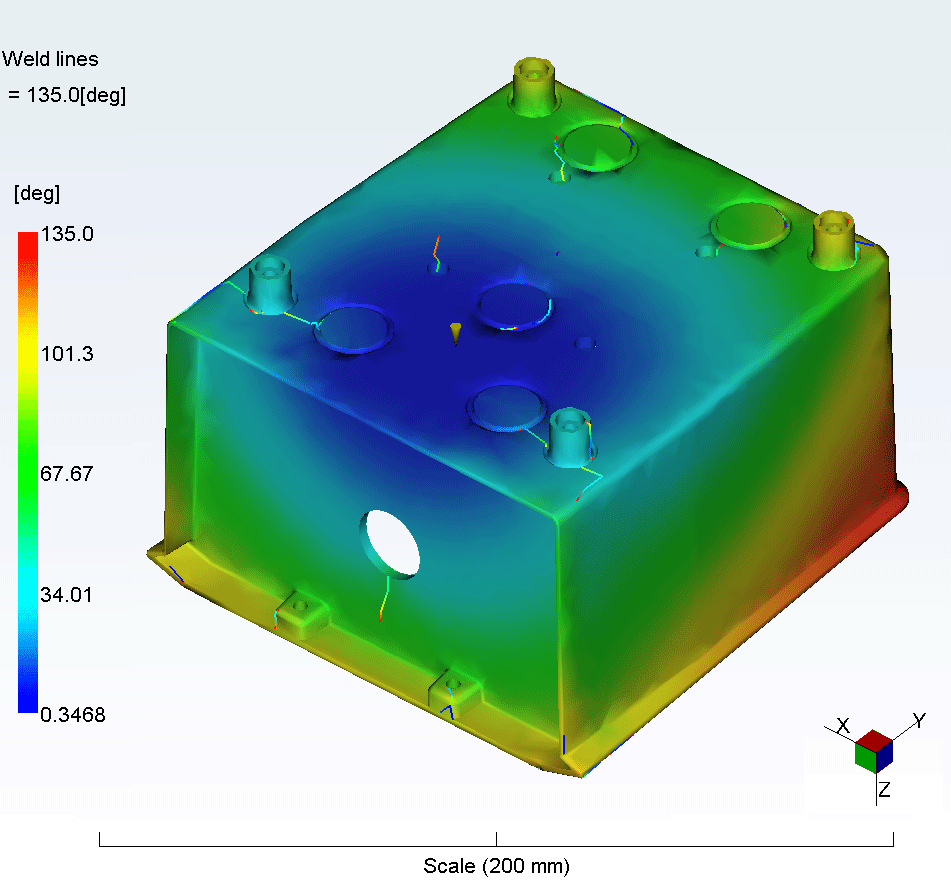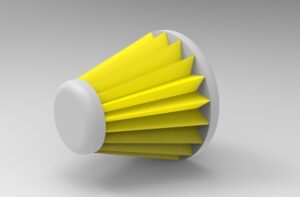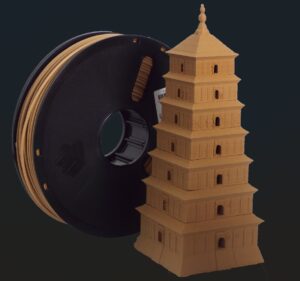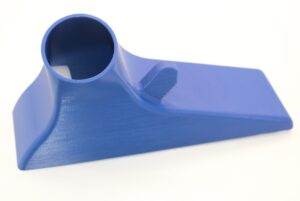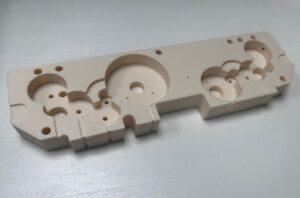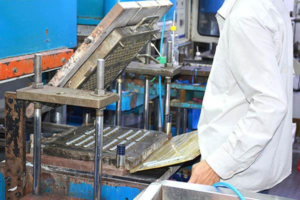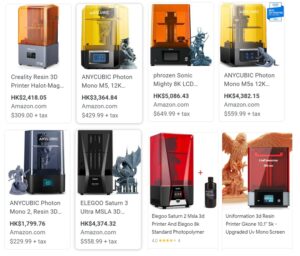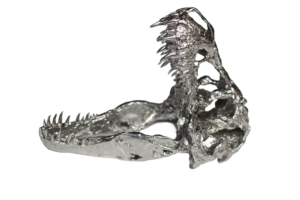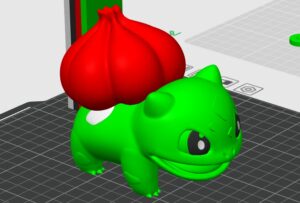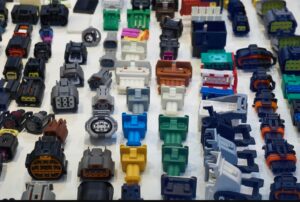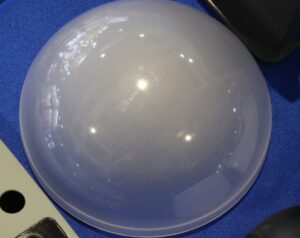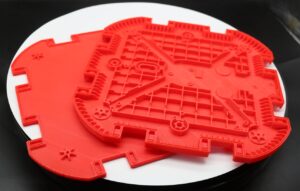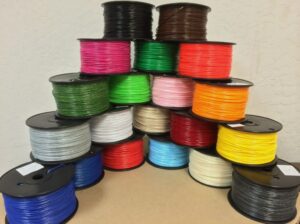How to Calculate the Injection Molding Cost?
Injection molding is a favorite technique for plastic manufacturers in the mass production of many plastic parts or components. The rise in demand for this manufacturing technology makes it a crucial factor in running the plastic industry.
Although it is very popular among industrialists, no one can deny that some misconceptions and facts exist about the cost of injection molding. This technology may prove expensive if you do not know how to optimize various interlinked elements and factors.
In this way, it is very essential for you to determine the injection molding cost before the inception of your assembly line to produce products.
This article unveils everything related to the calculation of the injection molding cost in order to make you knowledgeable and informed. Ready to get aware of how much injection molding costs? Be calm and stay with us.
Is it Suitable to Say Injection Molding Costly?
As you have heard a lot about many misconceptions, like injection molding would be very expensive, they are not true in the fullest sense.
It is right to say that it would prove costly if you harnessed it for a small quantity of production instead of mass production.
If you attempt to incorporate the injection molding technique for a huge production, there is no doubt that it will bring many benefits, including cost-effectiveness as one of them.
Considerations Aids in the Calculation of the Injection Molding Cost
Injection molding costs would be expensive or affordable; it is your choice and your tendency toward research and calculation. If you try to do your research and optimize these crucial factors in accordance with your requirements, you could minimize confusion.
Here are the most salient factors impacting the optimization and aiding you in calculating the injection molding cost:
1. Part Costs
Part costs rely on part size, part complexity, and part design for manufacturability, but how? See below.
- Part Size
The larger the part size, the bigger the injection molding machine, and the more sophisticated the mold manufacturing procedure. As a result, the higher the injection molding cost.
- Part Complexity
Wish for extreme part complexity to improve aesthetics? CNC machining can do this but bill your budget due to longer production times, longer cycle times, and the consumption of more material, ultimately resulting in higher costs.
- Part Design for Manufacturability (DFM)
Part DFM analysis is very beneficial in terms of reducing errors and part costs and boosting productivity and efficiency. It is because it ensures that CAD design is optimized for assembly and manufacturing.
Part unit cost=material cost+processing cost
Material cost=[(1 Material loss) * Product weight * Batch adjustment loss Material weight Normal scrap rate * Product weight * Batch] * Material unit price/Batch
The material loss is generally 3% -5%; The weight of materials lost during machine adjustment and the weight of normal scrapped products are generally 5000g –15000g
Processing cost=(machine adjustment time/batch forming time/number of mold holes) * Injection molding machine worker salary
2. Tooling Costs
The incurring of tooling costs plays a crucial role in the determination of the injection molding cost. Here are the parameters on which a whole stake in tooling costs relies.
- Selection of Mold Manufacturing Process
You have three choices for mold preparation: 3D printing, CNC machining, and EDM machining.
3D printing is the best choice for complex geometries at affordable pricing, whereas CNC machining is great for very hard complex geometries, although it would be costly. EDM machining is relevant for creating a mold from hard and conductive materials.
- Preference of Mold Material
Mostly steel and aluminum are preferred by manufacturers. Aluminum molds are lightweight, rust- and heat-resistant, and highly formable. Steel molds are good for high production and where high durability is in demand, although they are expensive.
- Mold Complexity
Mold design for complex components demands high costs and skilled expertise. It is the outcomes that you pay for in an injection molding project.
- Mold Cavity Size
The higher the mold cavity, the more pressurizing power and time a tool requires. As a result, the reduction in production speed increases the injection molding cost.
Tooling cost=material cost + design cost + processing cost + profit value +mold trial cost
The proportions of each item are usually:
Material cost: Materials and standard parts account for 15% -30% of the total mold cost;
Processing cost and profits: 30% -40%;
Design cost: 10% -15% of the total cost of the mold;
Mold Trail Cost: Large and medium-sized molds can be controlled within 3%, and small precision molds can be controlled within 5%;
3. Material Costs
The material mentioned here refers to the material of the mold and the material of the product. Most designers are well versed in the materials of their products. Injection molding harnesses mostly thermoplastics (PEEK), and it is very affordable. For example, it can cost between $1 and $5 per kilogram. How to select the right material for injection molds is also very important.
4. Production Volume
Whether you start your injection molding for a low, medium, or high production volume, each one has its own pricing factors.
- Low-Volume Production
If your demand is for low-volume manufacturing, go for 3D printing technology and aluminum material in order to get low costs for injection molding.
- Medium and High Volume Production
Steel materials and CNC machining are good for medium- and high-volume production. But manufacturing in high volume reduces the cost per part manufactured compared to medium-volume production.

